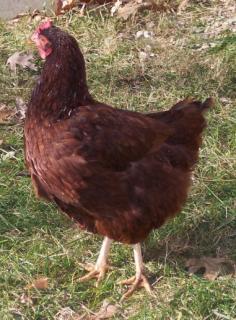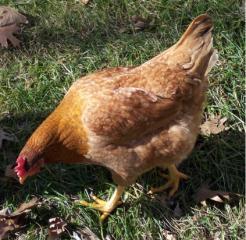Anyone have any experience with this kind of cross? I just wondered if it would be
possible to get a BR that is barred with the buff and white vs. the blk & wht barring.
I have 3 PBR roos and 24 PBR hens and will be selectively breeding them for increased
egg production and other qualities of BRs that we find positive for our homestead
needs.
I realize my question about crossing a buff with a PBR is probably 'breeding heresy'
but putting it out there anyway.............just shoot me!
possible to get a BR that is barred with the buff and white vs. the blk & wht barring.
I have 3 PBR roos and 24 PBR hens and will be selectively breeding them for increased
egg production and other qualities of BRs that we find positive for our homestead
needs.
I realize my question about crossing a buff with a PBR is probably 'breeding heresy'
but putting it out there anyway.............just shoot me!




